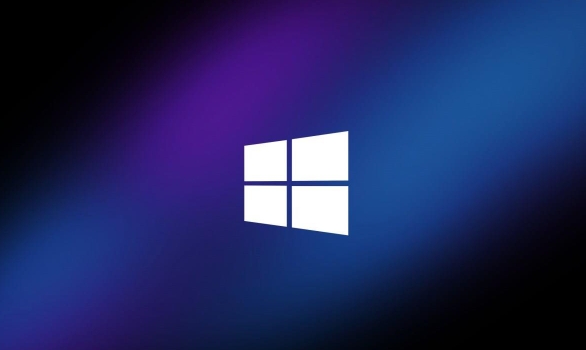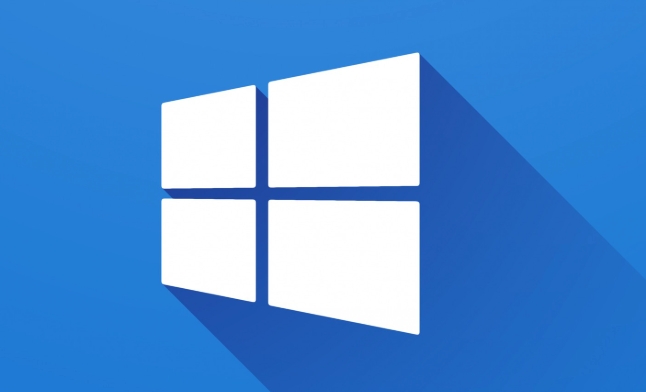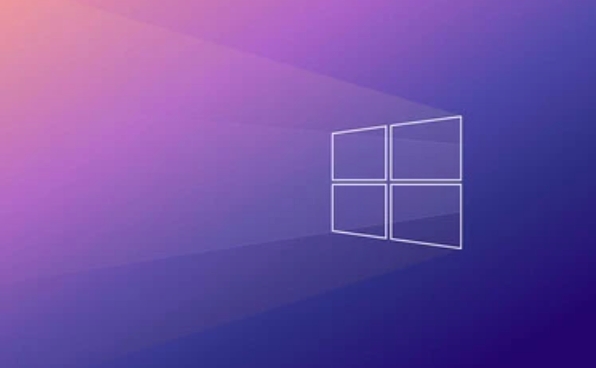To set up a VPN on Windows 10, first gather your VPN details including server address, username, password, and connection type. 1. Open Settings > Network & Internet > VPN. 2. Click "Add a VPN connection." 3. Select "Windows (built-in)" as the provider. 4. Enter a connection name, server address, and choose the correct VPN type. 5. Input sign-in info like username and password. 6. Save and click Connect. If issues arise, verify server details, check protocol selection, confirm password entry, and troubleshoot routing if internet stops working after connecting.

Setting up a VPN on Windows 10 is actually pretty straightforward, especially if you already have the details from your provider. You don’t always need third-party software—Windows has built-in support for connecting to a remote network securely.

Get Your VPN Info First
Before diving into settings, make sure you have everything ready:

- Server address (can be a URL or IP)
- Your username and password
- Type of VPN connection (PPTP, L2TP/IPsec, SSTP, IKEv2, etc.)
Most providers give you this info in your account dashboard or welcome email. If you’re setting it up for work, your IT department should provide these details.
Add a New VPN Connection in Settings
Here’s how to set it up through the built-in settings:

- Open Settings > Network & Internet > VPN
- Click Add a VPN connection
- Fill in the fields:
- VPN provider: Choose “Windows (built-in)”
- Connection name: Something recognizable like “Work VPN” or “My Personal VPN”
- Server name or address: The one provided by your service
- VPN type: Match what your provider uses
- Type of sign-in info: Usually username and password
Once that’s done, click Save, then connect by selecting the new entry and clicking Connect.
Fixing Common Issues
Sometimes things don’t go smoothly. Here are a few common problems and fixes:
- Can't connect? Double-check the server address and login credentials.
- Wrong protocol selected? Go back to the settings and change the VPN type.
- Password keeps failing? Make sure Caps Lock isn’t on and try retyping it.
- No internet after connecting? It might be a routing issue—some apps use your regular network until restarted.
If you're using a less common protocol like IKEv2 and run into issues, installing a root certificate might help—but most consumer services won’t require that.
That's basically all it takes. Once configured, you can easily toggle the connection on and off from the same menu. Not too bad once you’ve got the right info handy.
The above is the detailed content of How to set up a VPN on Windows 10?. For more information, please follow other related articles on the PHP Chinese website!

Hot AI Tools

Undress AI Tool
Undress images for free

Undresser.AI Undress
AI-powered app for creating realistic nude photos

AI Clothes Remover
Online AI tool for removing clothes from photos.

Clothoff.io
AI clothes remover

Video Face Swap
Swap faces in any video effortlessly with our completely free AI face swap tool!

Hot Article

Hot Tools

Notepad++7.3.1
Easy-to-use and free code editor

SublimeText3 Chinese version
Chinese version, very easy to use

Zend Studio 13.0.1
Powerful PHP integrated development environment

Dreamweaver CS6
Visual web development tools

SublimeText3 Mac version
God-level code editing software (SublimeText3)

Hot Topics
 How to remove password from Windows 11 login
Jun 27, 2025 am 01:38 AM
How to remove password from Windows 11 login
Jun 27, 2025 am 01:38 AM
If you want to cancel the password login for Windows 11, there are three methods to choose: 1. Modify the automatic login settings, uncheck "To use this computer, users must enter their username and password", and then restart the automatic login after entering the password; 2. Switch to a passwordless login method, such as PIN, fingerprint or face recognition, configure it in "Settings>Account>Login Options" to improve convenience and security; 3. Delete the account password directly, but there are security risks and may lead to some functions being limited. It is recommended to choose a suitable solution based on actual needs.
 I Became a Windows Power User Overnight With This New Open-Source App from Microsoft
Jun 20, 2025 am 06:07 AM
I Became a Windows Power User Overnight With This New Open-Source App from Microsoft
Jun 20, 2025 am 06:07 AM
Like many Windows users, I am always on the lookout for ways to boost my productivity. Command Palette quickly became an essential tool for me. This powerful utility has completely changed how I interact with Windows, giving me instant access to the
 How to run an app as an administrator in Windows?
Jul 01, 2025 am 01:05 AM
How to run an app as an administrator in Windows?
Jul 01, 2025 am 01:05 AM
To run programs as administrator, you can use Windows' own functions: 1. Right-click the menu to select "Run as administrator", which is suitable for temporary privilege hike scenarios; 2. Create a shortcut and check "Run as administrator" to achieve automatic privilege hike start; 3. Use the task scheduler to configure automated tasks, suitable for running programs that require permissions on a scheduled or background basis, pay attention to setting details such as path changes and permission checks.
 Windows 10 KB5061087 fixes Start menu crash, direct download links
Jun 26, 2025 pm 04:22 PM
Windows 10 KB5061087 fixes Start menu crash, direct download links
Jun 26, 2025 pm 04:22 PM
Windows 10 KB5061087 is now rolling out as an optional preview update for those on version 22H2 with Start menu fixes.
 How to uninstall programs in Windows 11?
Jun 30, 2025 am 12:41 AM
How to uninstall programs in Windows 11?
Jun 30, 2025 am 12:41 AM
There are three main ways to uninstall programs on Windows 11: 1. Uninstall through "Settings", open the "Settings" > "Apps" > "Installed Applications", select the program and click "Uninstall", which is suitable for most users; 2. Use the control panel, search and enter "Control Panel" > "Programs and Functions", right-click the program and select "Uninstall", which is suitable for users who are accustomed to traditional interfaces; 3. Use third-party tools such as RevoUninstaller to clean up more thoroughly, but pay attention to the download source and operation risks, and novices can give priority to using the system's own methods.
 Building Your First Gaming PC in 2025: What You Actually Need
Jun 24, 2025 am 12:52 AM
Building Your First Gaming PC in 2025: What You Actually Need
Jun 24, 2025 am 12:52 AM
In the past, I always viewed the i5 lineup as anemic when it came to gaming. However, in 2025, a mid-range CPU is more than enough to start your gaming journey. Many games still don’t fully utilize multi-core performance as well as they could, so
 Microsoft: DHCP issue hits KB5060526, KB5060531 of Windows Server
Jun 26, 2025 pm 04:32 PM
Microsoft: DHCP issue hits KB5060526, KB5060531 of Windows Server
Jun 26, 2025 pm 04:32 PM
Microsoft confirmed that the DHCP server service might stop responding or refuse to connect after the June 2025 Update for Windows Server.
 Windows 11 Is Bringing Back Another Windows 10 Feature
Jun 18, 2025 am 01:27 AM
Windows 11 Is Bringing Back Another Windows 10 Feature
Jun 18, 2025 am 01:27 AM
This might not be at the top of the list of features people want to return from Windows 10, but it still offers some usefulness. If you'd like to view the current minutes and seconds without turning on that display in the main taskbar clock (where it






